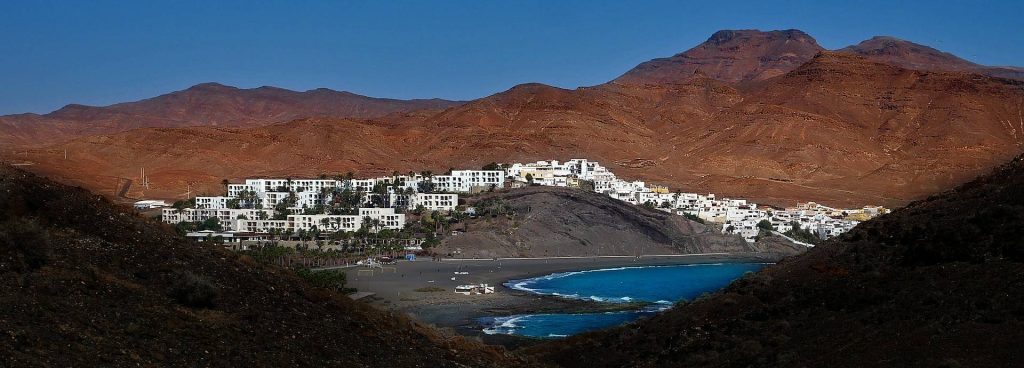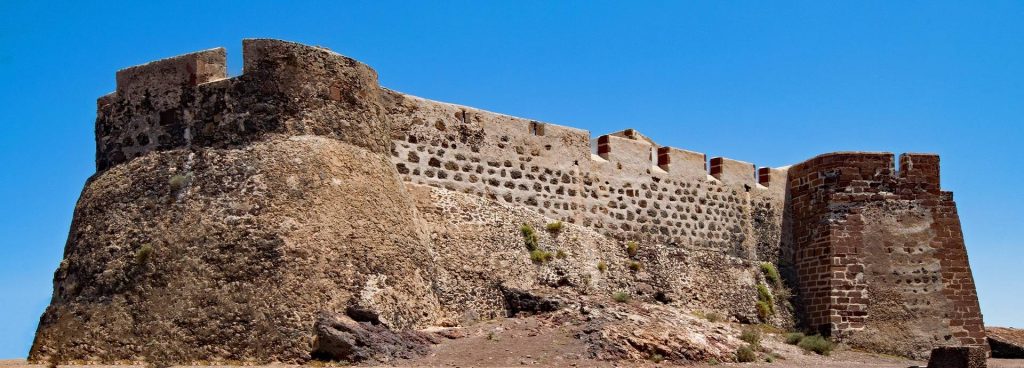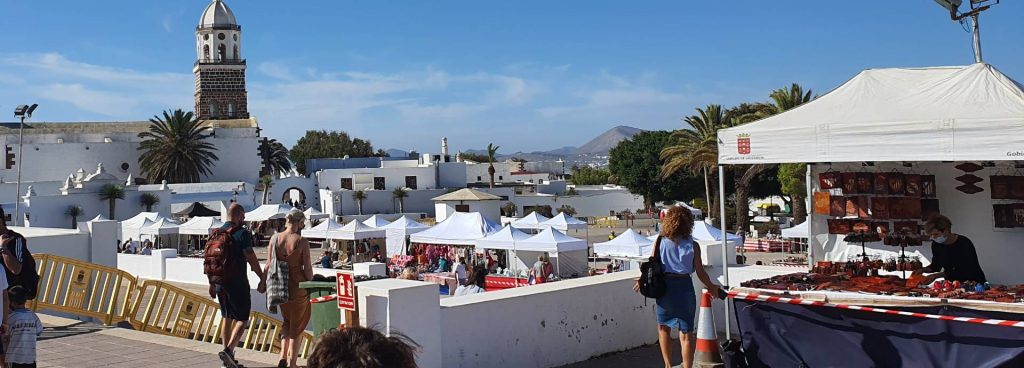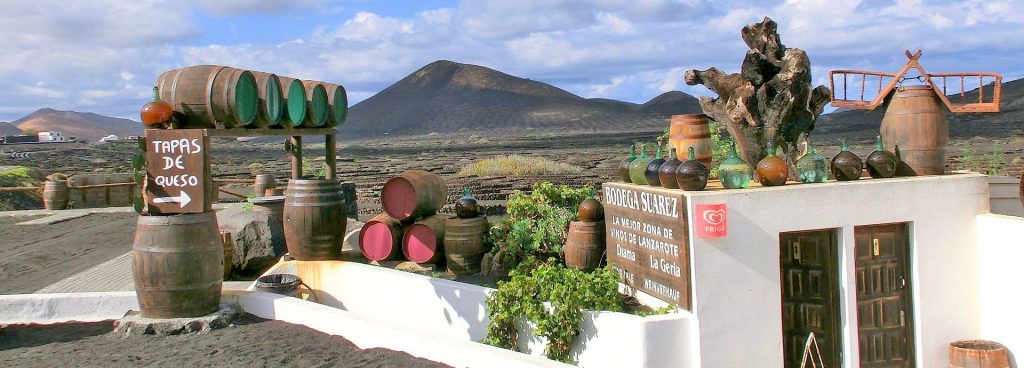"The Islands of the Blessed"
The Canary Islands have long been a mystery for historiography: As a legend and a mysterious land, they found their way into historical representations. The sunken continent of Atlantis, which is said to have been located west of Africa, was suspected here.
Around 40 BC. According to the Roman writer Pliny, the islands were discovered during an expedition led by the Moorish king Juball. The explorers told of big, bad dogs that guarded the island. The Canary Islands probably derive their name from these dogs (Latin canis = dog) and not, as is often assumed, from the canaries. This is because they got their name from the archipelago.
In the Middle Ages, Arab and European adventurers in the Canaries met a strange race of people with blue eyes, blond hair and mysterious origins: the Guanches. These are still puzzling to science today. They probably belonged to a Nordic tribe who became native to the islands during the great migration of the peoples. What is amazing is that although they lived on the islands, they were not versed in shipbuilding and there was no connection between the islands.
There is also reason to think that the Guanches were a simple pastoral and peasant people, but embalmed their dead according to the Egyptian model, which suggests a highly developed culture. Their language could not be assigned to any of the known language groups. Today the guanches are extinct.






















